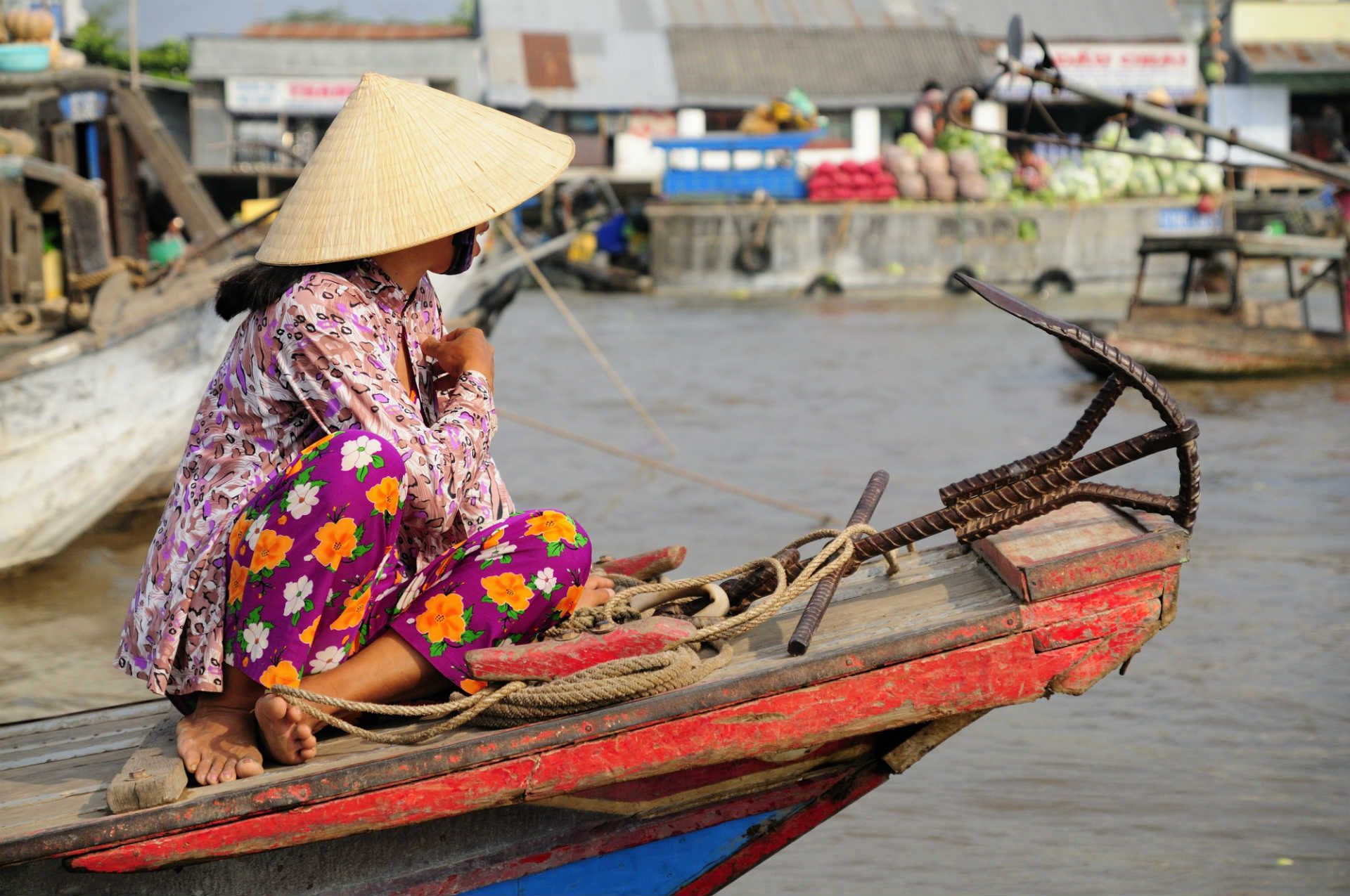Weather in Vietnam by month
Not surabout the best time to visit Vietnam? We divided Vietnam's weather by month to help you decide the optimal time for your visit, ensuring that you're prepared for whatever climatic nuances each region has to offer. From the chilly winters in the north to the tropical summers in the south, here's what you can expect in terms of weather throughout the year in this captivating country.
Visiting Vietnam in January
In January, cold winter weather hits the north. This is often accompanied by fine persistent mists, which could spoil your views at Ha Long Bay. There’s also the chance of ground frost in higher regions, or even a rare snowfall. Don’t let it put you off outdoor activities though – while January is the coldest month in mountainous areas, such as Sa Pa, rainfall is at its lowest, making perfect trekking conditions. Hanoi averages a pleasant 20ºC.
The southern end of the country is firmly into the dry season come January, so it’s a good time to explore cities such as Ho Chi Minh. And for post-city downtime make for beaches within easy reach of the capital, such as at Phan Thiet and Mui Ne. It’s a fantastic time to try water-related activities, such as diving, around Phu Quoc.
Nha Trang and Da Nang beaches also start to beckon in January, as the central coast sees the tail end of the rains.
Visiting Vietnam in February
Vietnam sees optimum weather conditions all-round in February. The south and the central coast, are perfect for beach bums, with just a smattering of rain perhaps on the beaches between Hoi An and Da Nang. If you can tear yourself away from the sands near Da Nang to dip into the back streets of the city, you’re in for some of the best street food in Vietnam. The north sees the chill lifting, leaving clear and warm days for hiking and exploring the region.
Dominating the calendar is Tet, or the Lunar New Year, and the biggest festival in Vietnam. While it’s wonderfully festive throughout, note that much of the country shuts down during this period, such as restaurants and museums. Also, accommodation can be hard to come by, as the Vietnamese take their holidays, and the transport system is stretched.
Visiting Vietnam in March
In terms of the weather, March is perhaps the best month to visit Vietnam, especially if you want to see the whole country. Temperatures in the north are rising, making March a perfect time for adventure and trekking in the highlands and mountains. Clear skies around Ha Long Bay make it an ideal time to take a boat tour, stopping off at the beguiling Cat Ba Island.
Dry weather means you can visit the awesome Phong Nha Caves in Phong Nha-ke Bang National Park, which boasts the world’s biggest cave.
You can be sure of sunshine and hot days in the south, which means lazy days on the beaches and water-based activities are a must, also on beaches on the central coast, such as at Nha Trang.





_listing_1680672625412.jpeg)



























